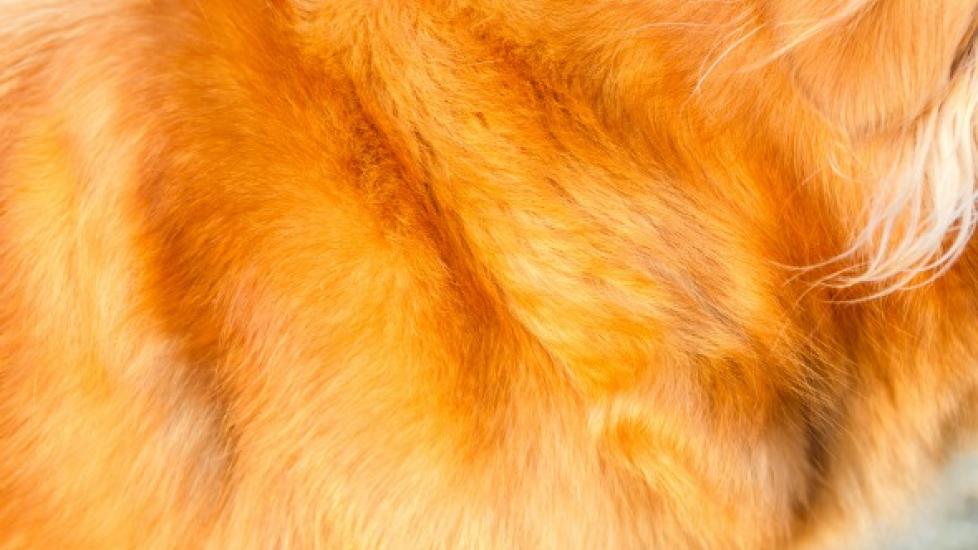Skin Disease (Dermatophilosis) in Dogs
Dermatophilosis in Dogs
Dermatophilosis is a skin disease that is irrespective of the age or gender of the animal, although the symptoms may vary. It is most often contracted from farm animals such as cows, sheep, or horses, and is prevelant in warm or humid climates. Dogs with wet skin or skin that is wounded from parasitic bites, such as from fleas or ticks, increases the chances of contracting the skin disease.
The condition or disease described in this medical article can affect both dogs and cats. If you would like to learn more about how this disease affects cats, please visit this page in the PetMD health library.
Symptoms and Types
You will see gray-yellow crusted bumps, like hives, on the skin of the body or head. The dog will try to scratch them. The bumps may be circular in form. When the bumps are removed you will see that they have dozens of hairs in them, due to the hair follicle being impacted. The areas are likely to have pus beneath the hive.
Diagnosis
Your veterinarian will take samples of the pus and crusted skin to analyze them for dermatophilosis bacteria. These bacteria are easy to recognize on sight because of their described “railroad track” appearance (also described as paint brush lines). If there is pus under the crusts, it will also be examined. Once tests determine that the dermatophilosis bacteria are present, treatment will be prescribed.
Be sure to tell your veterinarian if your dog has been near farm animals or has been in an environment where there are farm animals. This information will help in determining whether the infection is dermatophilosis. A biopsy of the ulcers, and samples of the pus, will be taken where an ulcer is draining. Once tests determine that the dermatophilosis bacteria are present, treatment will be prescribed. If dermatophilosis is ruled out, further tests will be ordered to determine exactly what is causing this skin disorder.
Treatment
Antibacterial shampoo will be used, followed by the gentle removal of infected flesh or abscesses. One or two baths will usually be enough. Consult your veterinarian as to which shampoo you should use. Following the cleaning, your veterinarian may also prescribe antibiotics to be taken for 10 to 20 days, especially if the infection has become severe. The antibiotic most commonly used is penicillin, however, the following are also used at times: tetracycline, doxycycline, minocycline, ampicillin, and amoxicillin.
Your veterinarian will then want to see your dog again after two to three weeks, to make certain the condition has cleared. If the results are negative, another seven days of therapy may be prescribed.
Prevention
It is possible, though unlikely, that humans in contact with the dog can become infected. If the animal caregivers, or other members of the household, have compromised immune systems, it is advised that the dog be kept isolated from such persons until the condition has cleared.
